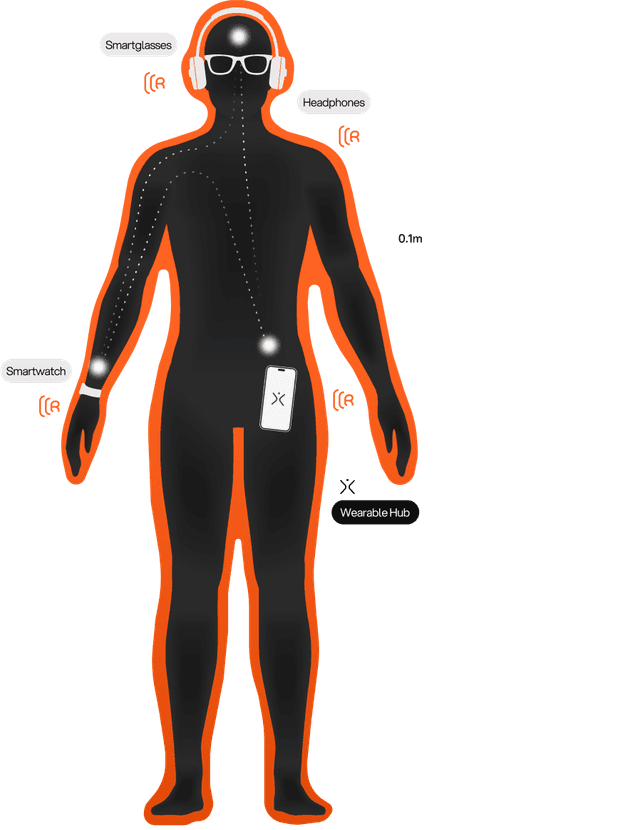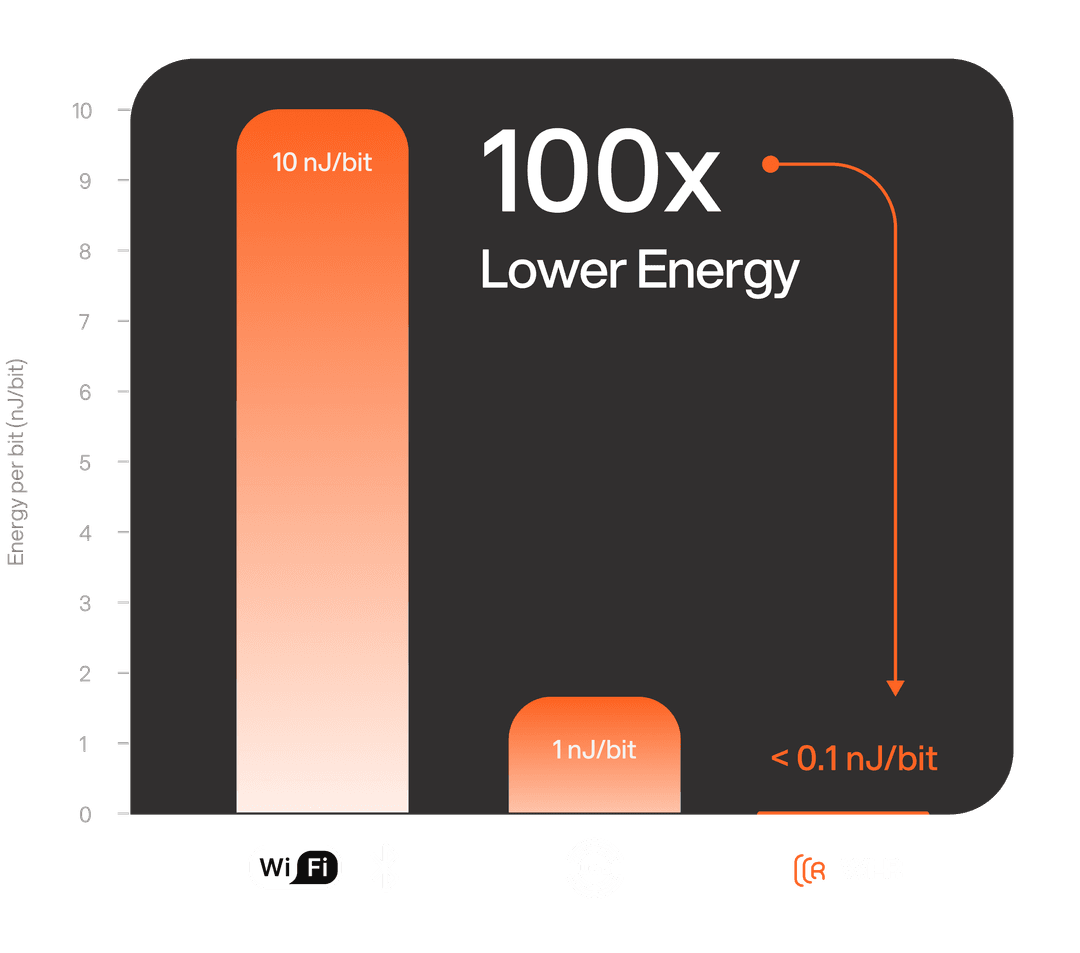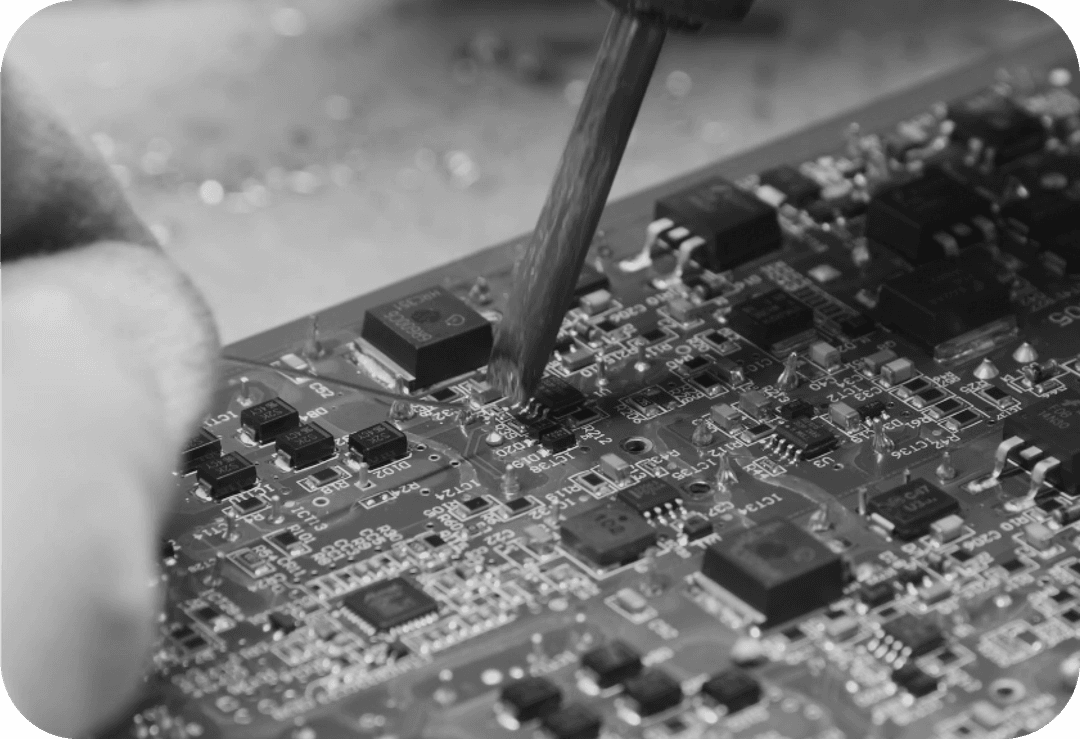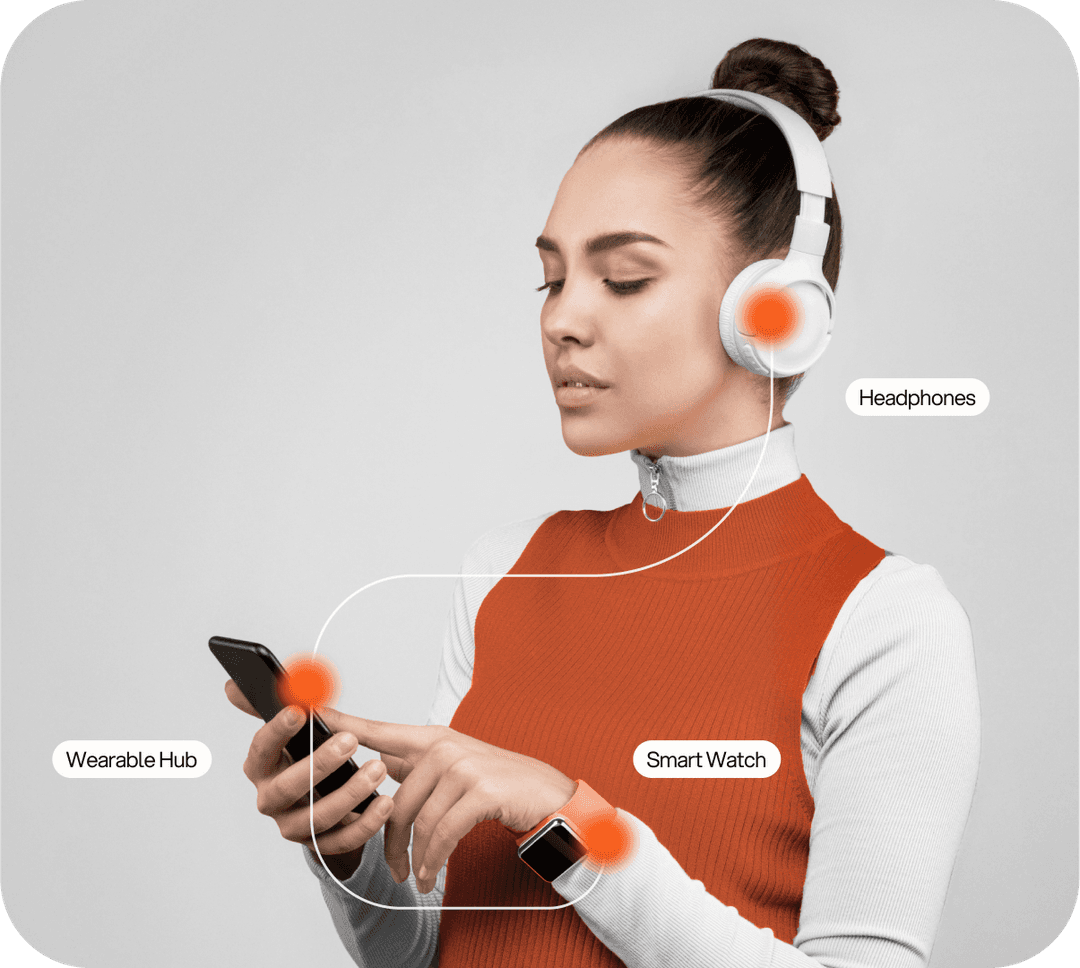
Wi-R
Wireless for Body Area Network
Wire-like wireless
Traditional wireless signals radiate uniformly in every direction. The Bluetooth signal created on your phone can be accessed by anyone in a 5-10m radius. Alternatively, Wi-RTM confines the signal around the wearer`s E-Field surface. Your data signal is private from someone sitting at the next table.
Traditional WirelessWi-R™ Wireless


A Quantum Leap in Energy Efficiency over Bluetooth and Wi-Fi
Discover the game-changing advantage of Wi-R: a remarkable 100x increase in energy efficiency compared to traditional technologies like Bluetooth and Wi-Fi. This unparalleled efficiency not only extends device longevity but also aligns with a sustainable future, setting Wi-R apart as a beacon of innovation in the connectivity landscape.
ImpactBreakthrough technology for high-

 Touch Selectivity leading to touch detection
Touch Selectivity leading to touch detection High-speed, Low-power
High-speed, Low-power Touch Selectivity leading to touch detection
Touch Selectivity leading to touch detection
Breakthrough technology for high-
speed human-computer interaction
Our patented Wi-R technology delivers unique benefits over existing wireless
solutions.

Wi-R Enables 100x Better,
Previously Unimaginable Experiences
ENERGY
100x
- Charging-free wearables
- Real-time dashboard of health
DATA RATE
10x
- Multiple wearables on-body
- All-day AR smartglass
LATENCY
10x
- Offload compute from wearables to phone
SECURITY
Physically secure
- Touch to securely pay, unlock doors, systems
Traditional wireless signal is available everywhere within a radius. Near-field communications simply reduce the radius. Such direction agnostic transmission is inherently inefficient. Designed for communications between wearables, Wi-R behaves as a wire by confining the signal in a bubble around you. This allows Wi-R to offer superior robustness, efficiency and touch selectivity.

Wi-R today 5Mbs production ready chip
5Mbs production ready chip 12 major device partners
12 major device partners Defense contracts for Wi-R integration
Defense contracts for Wi-R integration
